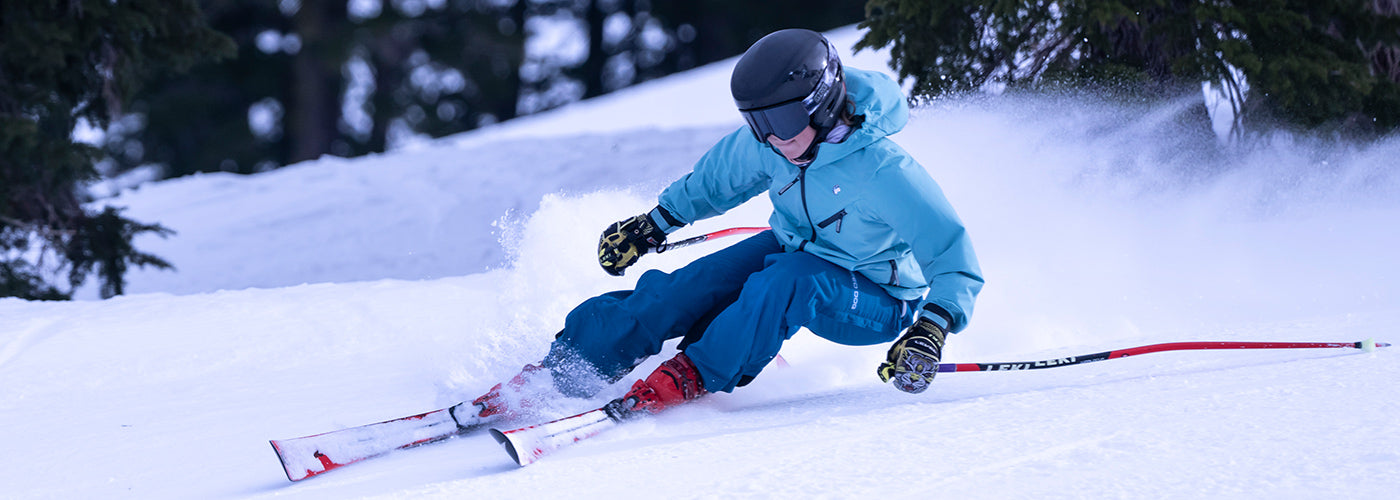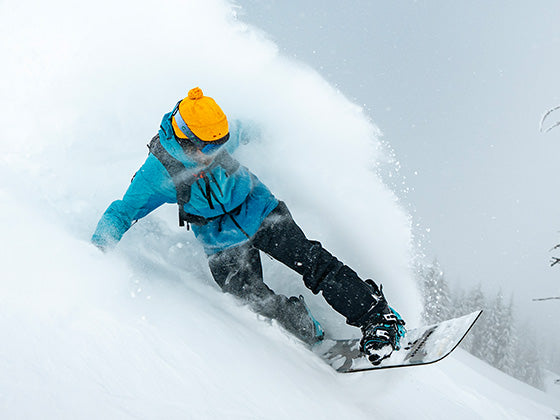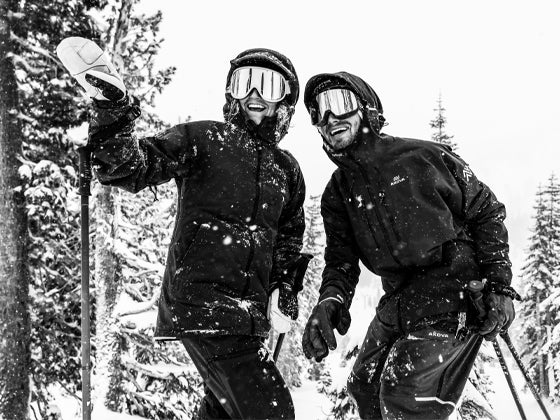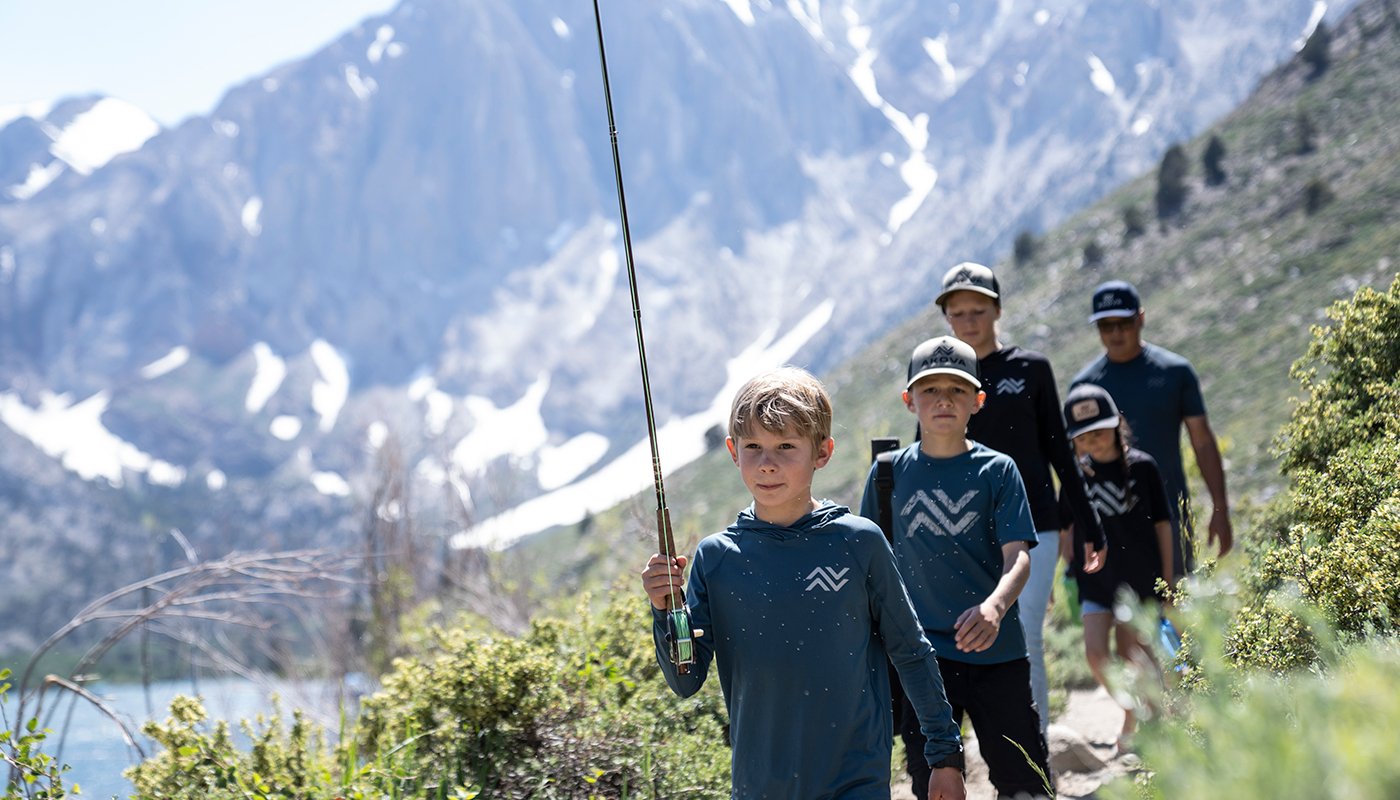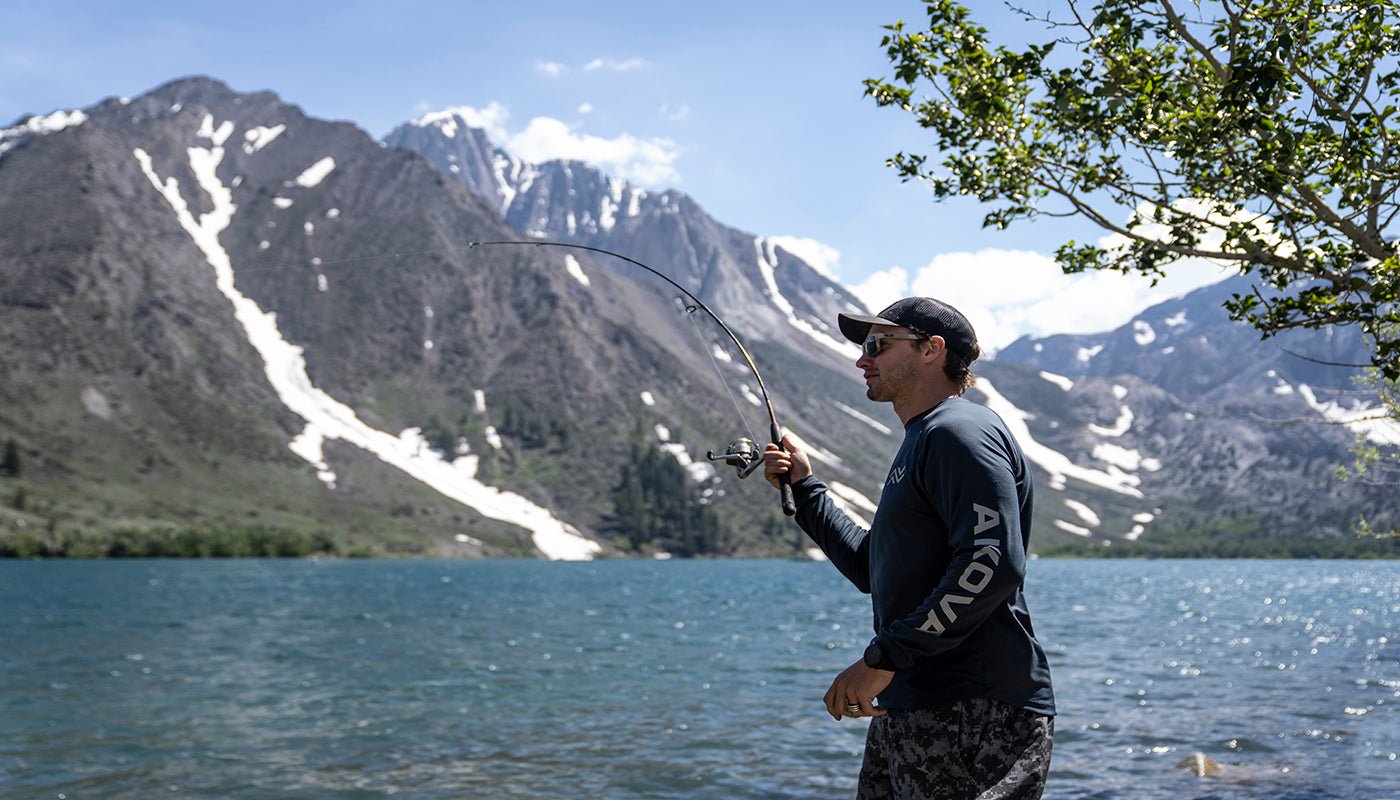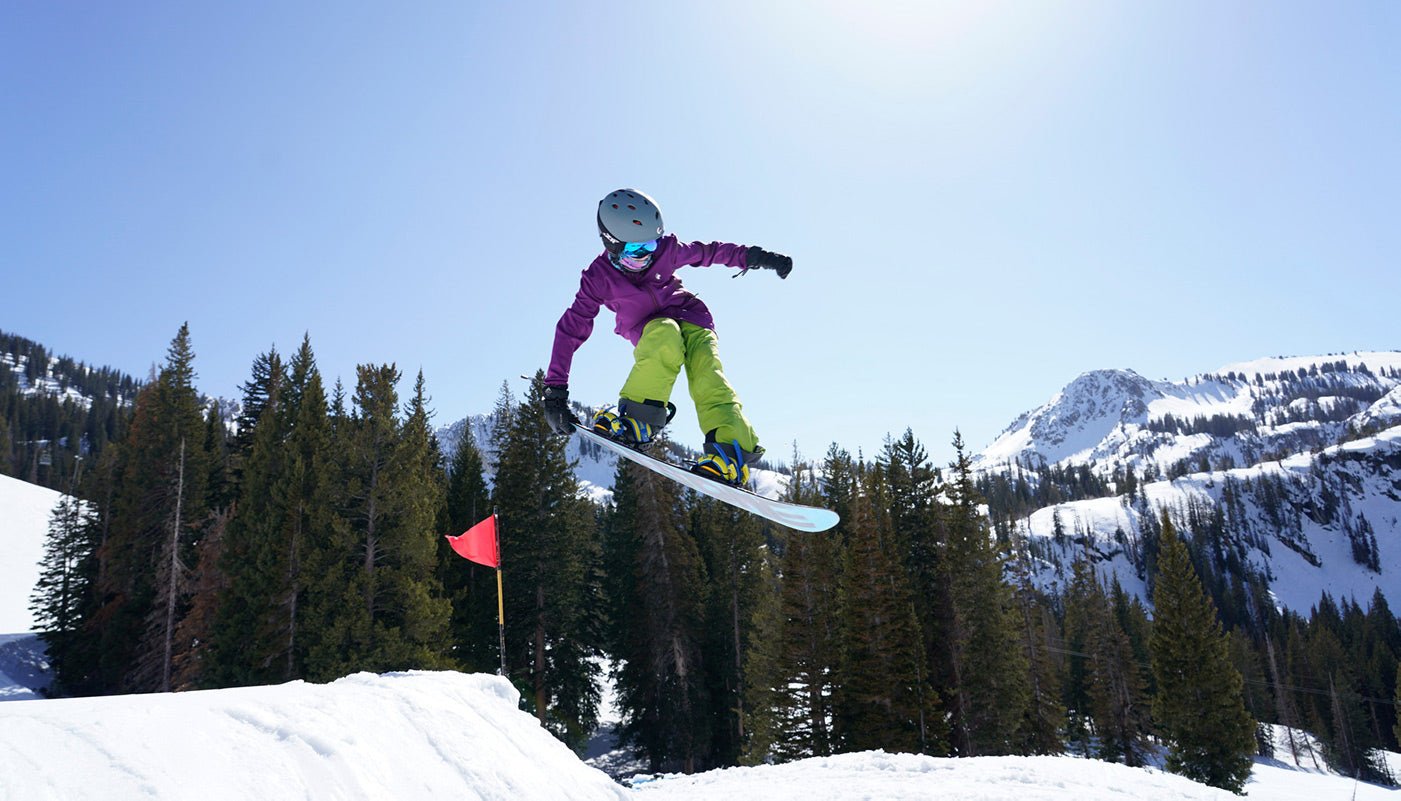Are you looking for a fun and exciting way to spend time with your kids outdoors? Whether you’re a seasoned hiker or a complete newbie, hiking with your kids can be an unforgettable experience. Hiking is the perfect family activity that not only challenges you physically but also allows you to bond with your kids and create lasting memories. In this post, we'll explore valuable tips to elevate your family hiking experience, creating an enjoyable and effortless adventure for all.
1. Choose the Right Trail
Choosing the right trails is pivotal to ensuring a successful and enjoyable outdoor adventure. It's essential to choose a trail that is suitable for their age and skill level (and yours as well)! You don't want to pick a trail that is too difficult or too long, as it can demotivate them and ruin the hiking experience. Conversely, a trail that is too easy can bore older children or more experienced young hikers. Start safe by choosing shorter, kid-friendly trails that have interesting things to see and explore like waterfalls, creeks, wildlife, or scenic views.
2. Pack Smart
It is crucial for parents to pack essentials such as ample food, water, snacks, sunscreen, insect repellent, and a first-aid kit. This not just to make sure everyone's comfortable, but also to keep your family safe. Hiking can expend energy quickly, especially for young children, making it essential to have snacks and water on hand to provide necessary fuel and hydration. Sunscreen and insect repellent protect against harmful UV and biting insects, and a first-aid kit is indispensable in case of injuries. In essence, packing these items ensure a safe, enjoyable, and worry-free hiking experience for everyone.
3. Dress Smart
Dressing your kids properly for a hike is as crucial as packing the right essentials. Children can be more sensitive to extreme temperatures and weather conditions, making it imperative for parents to ensure they are appropriately dressed.
Layering is key - depending on the conditions, we suggest a moisture-wicking base layer to keep sweat away from the skin, an insulating mid-layer, and a waterproof outer layer.
If it’s hot and sunny, opt for loose-fitting clothes, preferably with UPF 50+ for maximum protection, hats, and sunglasses that protect against harmful UV rays.
Lastly, possibly the most important attire for kids are well-fitting shoes, as they can prevent slips and falls on uneven terrain, and make for all day comfort for your children.

4. Make it Fun
Making hiking fun is particularly important when introducing your kids to the activity, especially if it’s their first time. A positive initial experience can lay the foundation for a lifelong long love for the outdoors and nature.
One of the biggest challenges of hiking with kids is keeping them engaged and entertained. To make the hiking experience enjoyable for them, find ways to make it fun and exciting. If the hike is enjoyable, children are more likely to associate positive feelings with nature and outdoor activities, fostering enthusiasm for future excursions. Conversely, a boring or strenuous experience may deter them from participating again. Integrating fun and exploration, like a scavenger hunt or identifying plants and animals, turns the hike into an exciting adventure instead of a mere walk.
5. Educate and Inspire
Hiking with kids can be a great opportunity to teach them about nature, the environment, and the importance of preserving it. Trails with engaging features such as wildlife and unique flora can transform the hike into an educational experience, sparking curiosity, and promoting a love for nature. This exposure can foster an appreciation for the environment, potentially shaping them into environmentally conscious adults. Also, inspiring your kids during a hike can stimulate their curiosity and ignite passion for exploration and learning beyond the trail, like in biology, geology, and even history.
An educational hiking experience can enhance problem-solving skills, as children learn to navigate trails, recognize patterns in nature, and make real-world observations. Thus, integrating education and inspiration into your hikes can transform them into rich, holistic learning experiences that are both enjoyable and beneficial for your child.

6. Give Them Responsibility
Encouraging your children to take on responsibilities during a hike is an excellent method for instilling a strong sense of accountability in them. By making them feel like an integral part of the hiking experience, you're setting the tone for self-sufficiency and imparting the practical skills they'll need down the road. Here are some ideas on how to give your kids small responsibilities:
1. Carry a Backpack
Having children carry their own backpacks on a family hike introduces them to the concept of personal responsibility at an early age. The backpack serves as a tangible reminder that they have their own belongings to manage and care for. Even for small children, have them carry a small and light backpack with their extra layer and a snack. It's not just about the physical act of carrying; it's about understanding that their supplies are their responsibility. This simple act can foster a sense of independence and accountability in children, teaching them that they have a role to play in the success of the family outing.
2. Give Them the Camera
Handing over the camera to kids during a family hike is another intriguing way to foster responsibility and stimulate their curiosity. By encouraging them to photograph what catches their interest, they become active participants in the journey, and not just passive observers. For instance, if they're captivated by a certain type of flower or animal, let them take a picture. This not only helps them feel more responsible when it comes to managing the camera, but also motivates them to learn more about what they've photographed.
3. Choose Rest Points During Hikes
Teaching children to choose a landmark up ahead as a rest point during a hike cultivates early goal-setting skills. The act of identifying a "big tree" or "next turn" before taking a break instills in them the ability to set short-term goals and work towards them. This simple exercise of setting and achieving mini-objectives promotes a sense of accomplishment and resilience in children.
As they grow older, these goals may evolve into more challenging targets such as completing a long distance hike or reaching the summit of a mountain. The foundational principle stays the same: envision a goal, push forward steadily, and relish the satisfaction of reaching it. This practice not only makes hiking more enjoyable but also equips children with valuable life skills of perseverance and goal-setting.
7. Be Safe
Safety should always be your top priority when hiking with kids. Make sure to follow proper safety procedures, avoiding steep or slippery terrain, and watching out for hazards like snakes or loose rocks. Always keep an eye on your children, and don't let them wander too far ahead or behind. Finally, make sure to give your children a break when they need it, and don't push them too hard or too fast.
Hiking with kids can be a fun and rewarding experience for the whole family, but it takes some planning and preparation. Create a memorable and enjoyable experience for you and your kids by choosing the right trail, packing smart, dressing properly, prioritizing safety, and making it fun! The adventures on the trail will stay with them for years to come.
